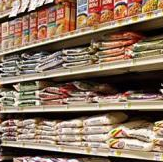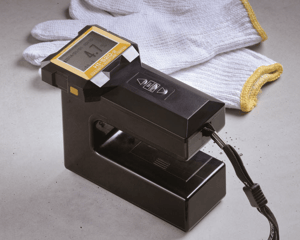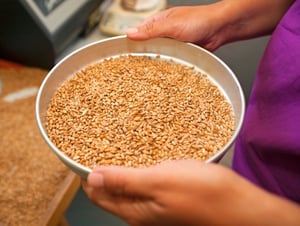 The effects of too much or too little moisture content in a product’s shelf life are self-evident, especially from the consumer's standpoint. For instance, molds and other harmful bacteria ruin bread quickly when it is packaged with too much moisture. In the case of mixed goods such as salads, a bleeding of colors can occur inside the product, which is a major cosmetic issue. On the other hand, freezer burn on frozen meat lowers the quality and price. The wrong moisture measurement, whether too high or too low, negatively affects the product , and consequently, it’s value, marketability, and usefulness.
The effects of too much or too little moisture content in a product’s shelf life are self-evident, especially from the consumer's standpoint. For instance, molds and other harmful bacteria ruin bread quickly when it is packaged with too much moisture. In the case of mixed goods such as salads, a bleeding of colors can occur inside the product, which is a major cosmetic issue. On the other hand, freezer burn on frozen meat lowers the quality and price. The wrong moisture measurement, whether too high or too low, negatively affects the product , and consequently, it’s value, marketability, and usefulness.
Let’s start by looking at where shelf life begins
A product’s shelf life is measured by the time it can stay in it’s consumable state. But the value is not determined arbitrarily – it begins in the early stages, from the collection of raw materials until the final product is packaged. The whole production process determines shelf life, and any deviation from recommended production standards, especially with regards to moisture measurement or content, adversely affects shelf life. Take the example of raw materials needed for production. A common technique in selling organic raw materials is to weigh them down with water to obtain a higher asking price. While the hydration does not drastically affect the quality of the raw materials, the method still results in a higher than normal moisture content. This leads to undesired chemical reactions because the added moisture levels in each step of the manufacturing process ultimately changes the final product. Relying too much on the packaging is another flaw in moisture measurement and control. While the technology in packaging has extended the lifespan of goods, failure and degradation can still occur any time the product is moved. Even if the moisture levels within the package are at equilibrium, the outside environment still affect the moisture balance with ease.
This leads us to understanding equilibrium relative humidity
There are two key concepts in the right moisture measurements. The first is that any material will naturally seek its own equilibrium water content, the second idea is that the value is relative to it's immediate environmental temperature and humidity.
Even with the best containment and packaging processes, the moisture level of a product still relies on the outside forces to reach that perfect moisture content. From the start of the production process, that equilibrium changes. Each time the product is moved, mixed with other materials, or processed and packed, the moisture value of the product changes. The more accurate the moisture measurement is within these transitions, the better the results are going to be.
And next, how to understand and control optimal moisture content
The four steps to maintaining control of your moisture content are:
- First, know the capabilities of your moisture measurement instrumentation.
- Then, understand the safety factor you need to incorporate in your acceptance criteria ... so you don’t under estimate or over estimate the “true” content.
- Next, measure at all stages of your process - from raw material through fabrication and onto pack-out... even do field tests to understand the moisture change between packaging and delivery to the retail shelf.
- Finally, know the upper limit and lower moisture content limit where the product is deemed acceptable to your consumers and customers.
The more confidence you have in the accuracy of your moisture measurement instrumentation, and the easier it is to do rapid (or instant), testing, the simpler it will be to understand and, ultimately optimize your processes and yields to maximize both customer quality perception and your bottom line.
As an example, if one moisture meter is +/- 1% and another moisture meter is +/- 0.05% you will be able to run your processes closer to the limits if you are using the second moisture tester. In addition, if you are able to continuously monitor 100% of your production, you can be more assured that all of your product meets quality and shelf-life specifications.



